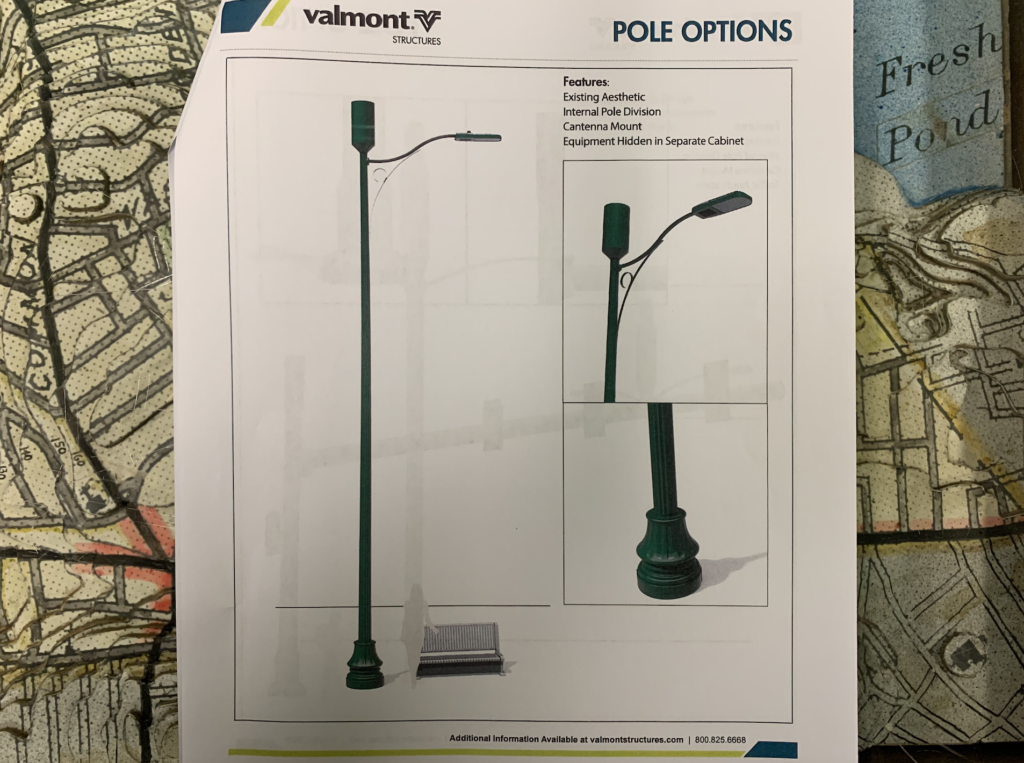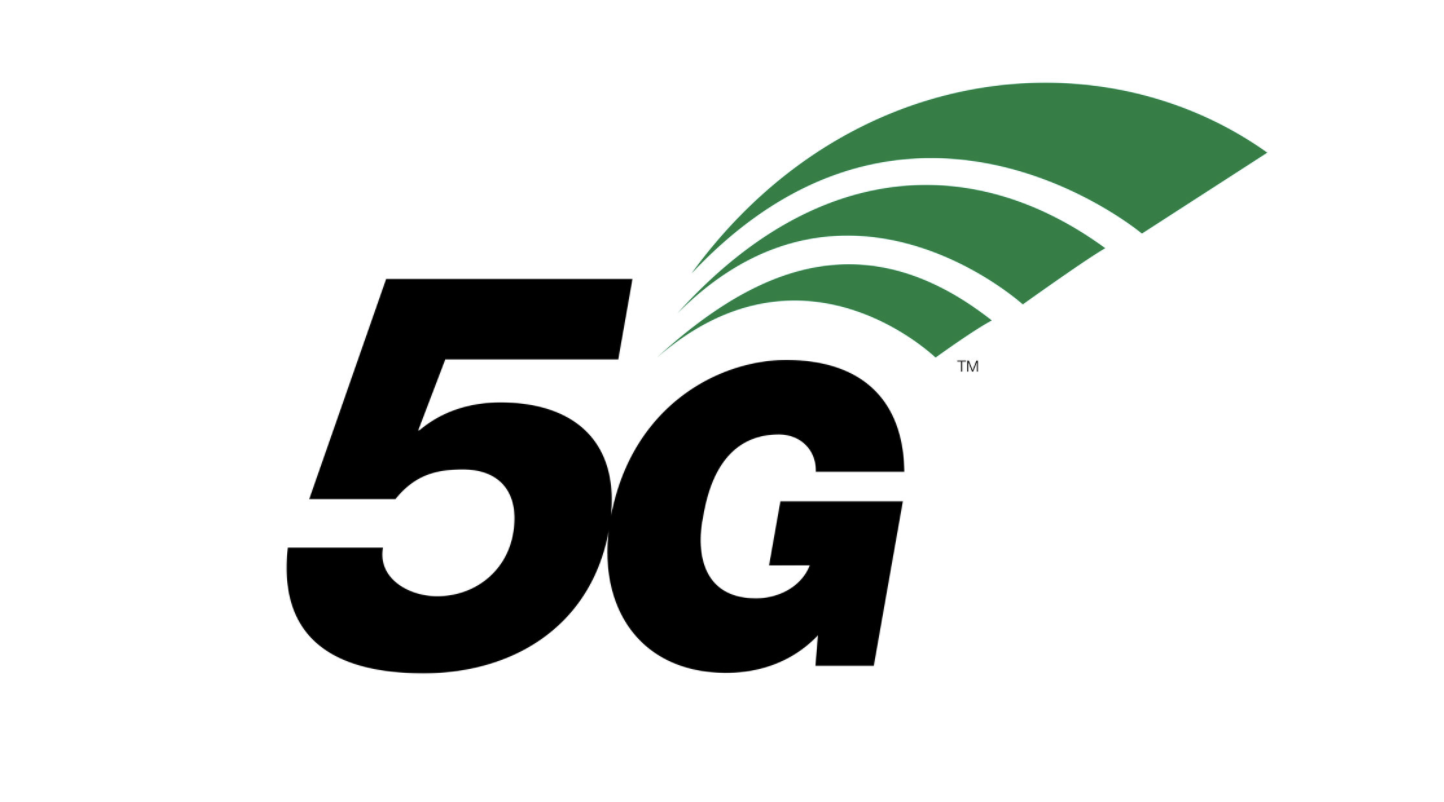Photo: 5G small cell technology is coming whether Belmont likes it or not.
The future of ultra fast, ultra reliable, ultra cool mobile connection is coming to Belmont as a company in alliance with AT&T will present an application to install 5G small cell equipment at two locations in the Belmont Center area before the Board of Selectmen on Tuesday, May 14.
But don’t think that Belmont has much said in the matter. New Federal Communications Commission regulations called unprecedented in favoring corporate interests over local municipalities have tied the hands of town officials both here and around the country in any attempt to limit the number, height, and appearance of the hardware.
Just how tall are
“They are monstrously tall,” said Selectman Adam Dash as he pointed out height can not be challenged under the new F.C.C. regulations.

Aesthetically, the towers can appear as a light poll, the supporting equipment can be stored in enclosures shaped like mailboxes or, it can be designed to look like a tree.
With the prospects of the town soon being home to dozens of these new cell stations, the board attempted to dull that impact by voting for a package of “reasonable” restrictions that will pass federal muster.
“This is as good as we’re going to do in the time frame we have as we continue to work on it,” said Dash as the board approved a series of “life/safety” measures at its Monday, May 13 meeting so the town will have some limiting language on the books before Tuesday’s meeting.
Some of the 10 new regulations passed Monday included restrictions on poles in historic districts, they can not be within 10 feet of a house, the color of a new pole must be consistent with existing poles, a structural engineer is required to work on the project, there is no signage on the pole, a series of fees and there can not be cell equipment within 20 feet of each other.
These were the sort of “reasonable” restrictions the town’s counsel said would be defensible if challenged with the F.C.C. restrictions, said Dash who worked on an earlier draft of the regulations before it was reviewed and revised by legal counsel.
“We have some level of urgency to get this passed and then come back and [deal] with this later,” said Dash, adding he “wasn’t thrilled to having to do it quickly but I would rather get this done and then continue the discussion.”
Extenet Systems has applied to put a pole top antenna on one of the ornamental light posts in Belmont Center between 30 – 42 Leonard St. and the other on a Belmont Light light pole at 223 Channing Rd. The small cell antenna are located in an enclosed pod-like unit with the equipment supporting it secured either to the base or midway up the structure.
5G is the next generation of wireless internet which produces far faster speeds than existing cellular connections, allowing for a wide range of applications and uses. (For more see the explanation presented by CNBC.)
And it appears there will be quite a few of these these cell locations. Verizon, which along with AT&T are leading the installation of 5G in the area, noted online that “[W]e’re building a vast network of small cells, because a denser network is a crucial part of 5G Ultra Wideband deployment.”
According to a 2018 New York Times article, the new antennas will be placed an average of 500 feet apart to create complete customer coverage. When installed nationwide, 5G will add nearly one million more cell locations to the already 300,000 wireless cell stations in existence.
The installation rules being used by AT&T and Verizon was part of the F.C.C’s effort to have the US become the leader in 5G use and innovation. The FCC said the rules sought to “ban short-sighted municipal roadblocks that have the effect of prohibiting deployment of 5G.”
The federal rules make it easier for telecom industries to install its equipment by easing local zoning regulations, limiting fees and streamlining the review process. They include placing strict 60 day time limit for the board to make a decision after an application has been submitted.
The Times article noted without local regulations impeding its installation, telecommunications companies will be able to cheaply and quickly build out the system as “they cash in on the $250 billion in annual service revenue from 5G by 2025.”
Early this year, the U.S. Court of Appeals for the Tenth Circuit turned down a motion from a group of local governments to stay the F.C.C’s rules on the roll out of 5G technologies.
Those opposing the F.C.C. said local governments should be allowed to set its own regulations regarding the placement of telecom equipment on publicly-owned infrastructure rather than being forced to accept nationwide a one-size-fits-all approach.
The three selectmen said they are not opposed to the arrival of 5G to town, rather there remains a number of very practical questions – who pays for the electricity and running the wire to the pole and should the owner of the pole “be on board” with the placement of the antenna on their property – that need to be answered, said Dash.
During the meeting of the Belmont Light Board – made up of the Board of Selectmen – Belmont Light General Manager Christopher Roy stated he does not want the cell on Light Department structures for a myriad of reasons including the poles were not installed with additional equipment in mind.
“That’s when the rubber will hit the road,” said Dash of Roy’s objection.








Leave a Review or Comment